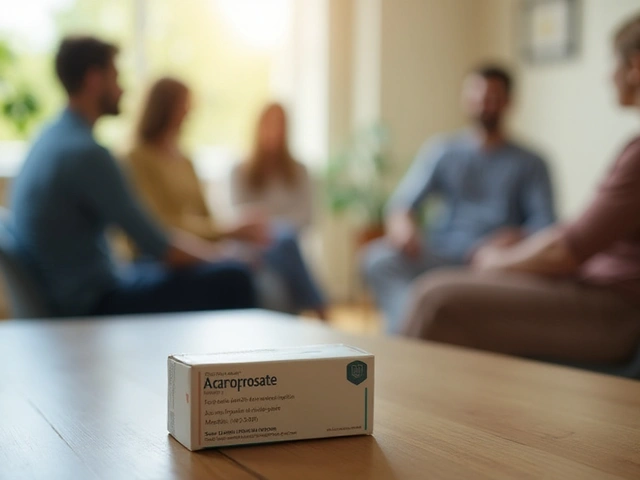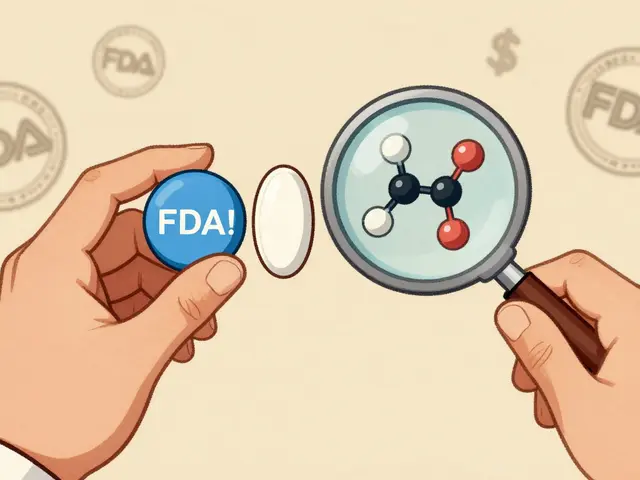Desonide: what it is and when to use it
Desonide is a low-potency topical steroid used to calm inflammation on the skin. Doctors commonly prescribe it for mild eczema, contact dermatitis, and certain rashes on sensitive areas like the face, groin, or skin folds. Because it's milder than many steroids, it’s often chosen for babies and for long-term spot treatment where stronger steroids would be risky.
How to use Desonide safely
Wash and dry the area before applying. Put a thin layer of cream, ointment, or lotion and gently rub it in. Most instructions say twice daily, but follow your doctor’s directions. Use the smallest amount that controls the problem. A fingertip unit (FTU) helps: squeeze a strip of cream from the fingertip to the first crease — that’s roughly 0.5 g and covers about two adult hand-sized areas.
A few simple rules make treatment safer: don’t cover the treated skin with plastic or tight dressings unless your doctor tells you to. Avoid using on infected skin unless you’re also treating the infection. If the product gets near the eyes, rinse it off and mention it to your clinician. For babies and small children, use lower total amounts and shorter treatment courses.
What to expect and when to call your doctor
Many people see improvement in days. If the rash doesn’t start to clear within 1–2 weeks, or if it gets worse, check with your prescriber. Also contact them if you notice spreading redness, pus, fever, or new pain — those can be signs of infection or other issues that need a different treatment.
Desonide is usually prescription-only. Tell your doctor about all other skin products you use, and mention pregnancy or breastfeeding. Topical steroids have limited absorption, but using large amounts over wide areas, under occlusion, or for long periods can raise the risk of side effects.
Common side effects are mild: burning, stinging, irritation, or dry skin where you apply it. Less common but more serious effects include thinning of the skin, stretch marks, or visible blood vessels after long use. Children can be more sensitive, so doctors monitor growth and choose the shortest effective course.
Pairs well with good skin care: use gentle cleansers, regular emollients, and avoid known irritants like harsh soaps or fragranced lotions. When your flare calms, switch to moisturizers and a maintenance plan your doctor recommends to reduce flare-ups.
Want a quick checklist? 1) Use a thin layer twice daily as prescribed. 2) Avoid occlusion unless directed. 3) Stop and call your doctor if infection signs appear or no improvement in 1–2 weeks. 4) Keep follow-up appointments for prolonged use, especially for kids or when treating large areas.
Desonide works well for many mild inflammatory skin problems when used correctly. If you’re unsure about the dose, duration, or whether your rash needs a different treatment, ask your healthcare provider — they can tailor a plan that works for your skin and life.

How Desonide is Changing the Landscape of Topical Steroid Treatments
Desonide has emerged as a game-changer in topical steroid treatments due to its effectiveness and reduced side effects. This mild corticosteroid is gaining popularity for treating various skin conditions like eczema and psoriasis without the typical drawbacks of stronger steroids. Its low potency makes it safer for long-term use, especially on sensitive skin areas like the face and folds. Discover how Desonide is reshaping dermatological care with its user-friendly application and results-driven approach.
Read More




